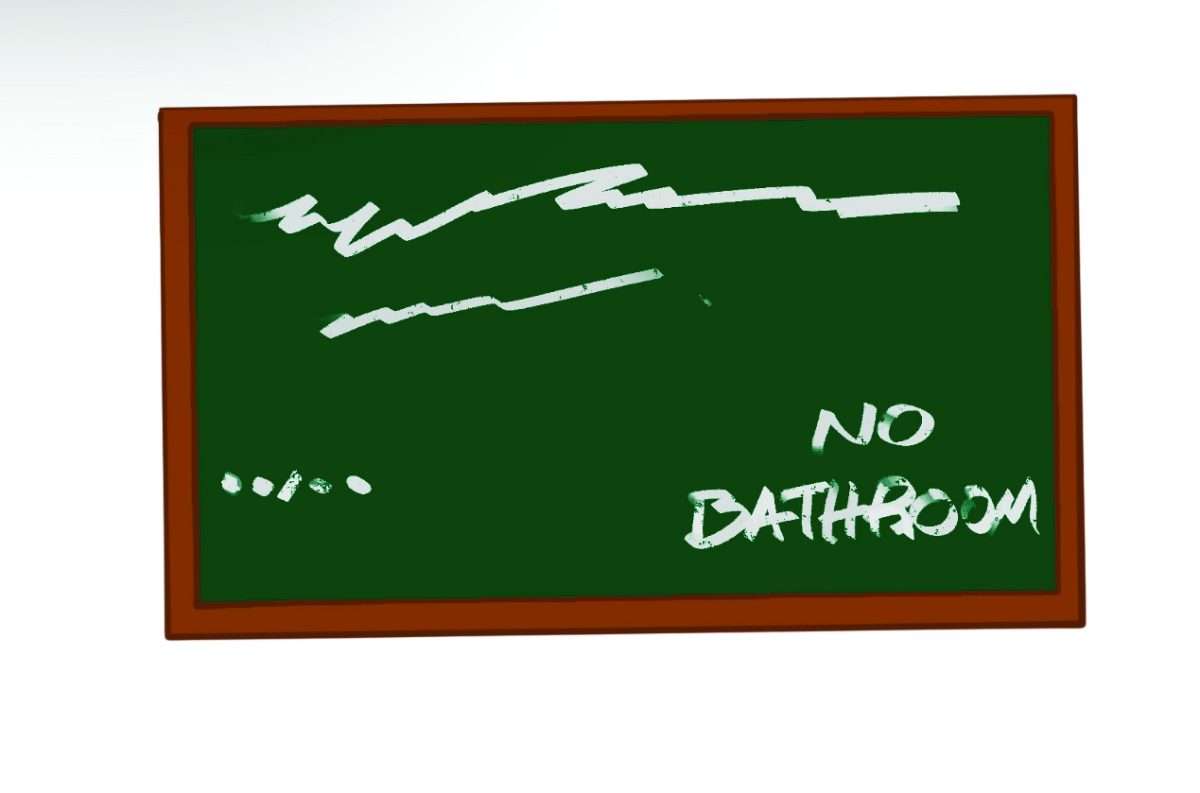Student A misses a day of school and asks Student B for the homework that was assigned while she was gone. Student B scans a blank homework sheet with her phone because the app CamScanner is a force to be reckoned with and poof, Student A has everything she needs. This process takes only about two to three minutes and effectively communicates what needs to be done. Even with communication becoming easier and more effective as time passes, one problem with communication is that it’s almost completely absent in an academic setting between middle and high school teachers during the transition between eighth and ninth grade.
This lack of communication results in lessons being taught again, whether it’s learning about how to structure an essay, or the types of cell organelles. I’ve even found myself falling asleep in a class because of a lesson being taught that was learned in seventh or eighth grade.
Some, like freshman Madison Balser, believe “lessons are being taught again to go deeper in and to refresh you of what you’ve already learned beforehand. To me, it feels like previous years were just prerequisites to what we’re doing now.”
While repeating lessons may be used as review to elaborate on what may have been previously learned, resources like paper, time and effort are squandered during efforts to teach something that either students have no background knowledge of or something they already understand well.
Biology teacher Adam Welman noted that ineffective communication between middle and high school teachers is simply wasted time.
“There are units I would start and I would realize four days into the unit that the students had no idea what I was talking about,” Welman said, hinting toward a lack of knowledge of what students had learned prior to his class. “I wish there was a way for the district to organize stuff for us, not because I’m lazy, but because I’m too busy to organize it.”
Welman goes further to suggest using teacher workdays as time for teachers to congregate.
Author Michael Fullan of “All Systems Go: The Change Imperative for Whole System Reform” mentions in his book that communication is the “hidden resource we fail to understand and cultivate.”
Maybe he’s right. Maybe, as a district, the way to strengthen our academics is to ensure that not only are students able to communicate effectively between each other, but to ensure teachers, namely from middle school to high school, do the same.
Michael J. Petrilli, writer and president of the Thomas B. Fordham Institute, said in an article for the journal EducationNext “the greatest challenge now facing American schools is the enormous variation in the academic level of students coming into any given classroom.”
While Petrilli indicates that teaching students individually is an ideal teaching method, known as differentiated instruction, 8 out of 10 teachers in a study conducted by the Fordham Institute in 2008 say differentiated instruction is “very or somewhat hard to use in a classroom setting.”
However, another survey done in 2009 by the Durham District School Board in Oshawa, Ont. found 76 percent of students scored a B or higher after being tested on a new subject taught through differentiated instruction, compared to 36 percent of students scoring at least a B after being taught the same subject through a traditional lesson. With increased communication between high school and middle school teachers, differentiated instruction may be easier due to teachers knowing exactly what their students need to know.
This would in turn benefit students to help make sure they are pushed to their full potential; one study done in 2012 by Liberty University graduate Kimberly Gail Williams found that students generally scored higher on tests when receiving differentiated instruction instead of non-differentiated, albeit not by a large margin. According to the study, 66.35 percent of students receiving differentiated instruction compared to 65.84 percent of students who did not receive differentiated instruction, a 0.51 difference.
There’s not much data on how often middle and high school teachers meet. If there is, data probably varies by district.
What does exist is an optional statistics workshop for middle and high school science and math teachers, sponsored by the American Statistical Association (ASA), known as a “Meeting Within a Meeting” (MWM). The workshop explores Common Core Standards primarily for math and science subjects and is usually held annually for two days in Seattle by the the ASA’s Puget Sound Chapter.
While its focus is not to ensure that high school teachers and teachers from their district’s middle schools are working together, it does provide a place for teachers from middle and high schools to meet.
Maybe that’s where we need to start.





